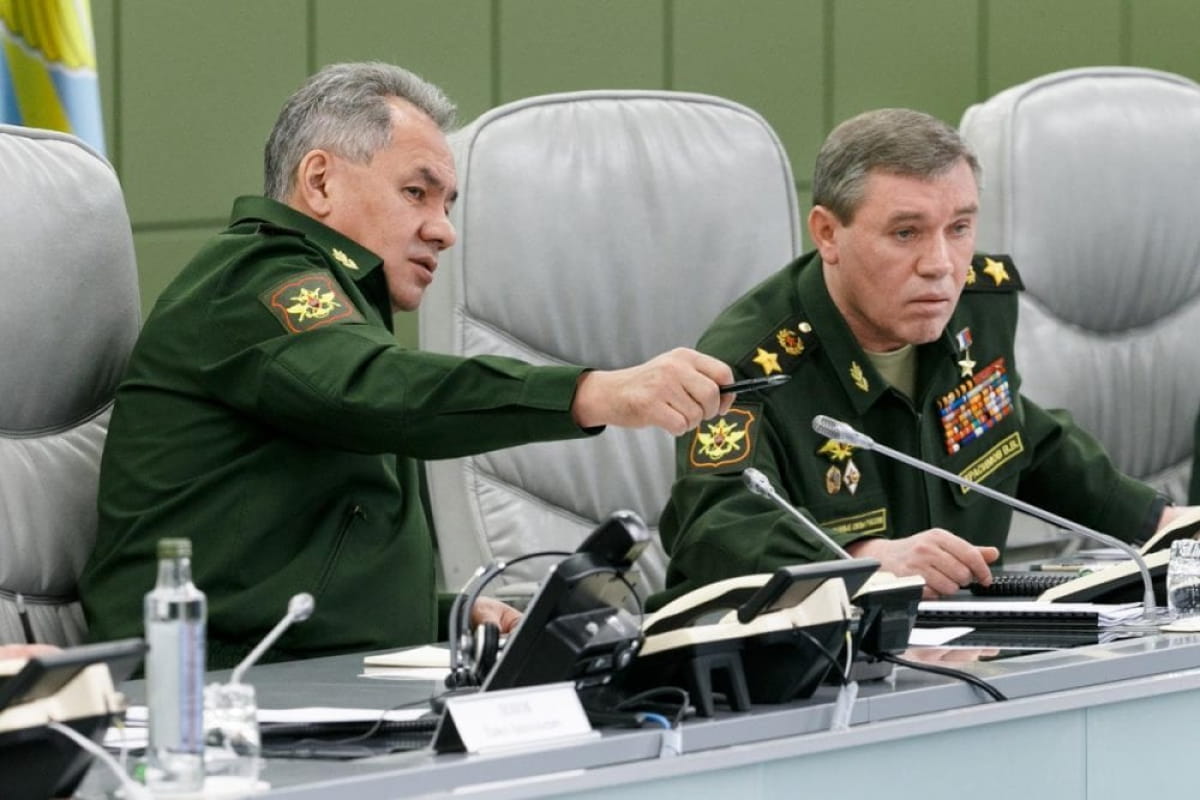An intra-elite conflict is escalating in Russia: two influential clans have come together in an irreconcilable struggle – on the one hand, Shoigu and Gerasimov, and on the other, Kadyrov, Prigozhin, and the commander of the special operation Surovikin and the commander of the Russian Guard Zolotov, who joined them. Igor Zhdanov wrote about this in an article for Interfax-Ukraine.
Against this background, the Kremlin decided to restore the Moscow and Leningrad military districts. At first glance, these seem to be completely unrelated events.
In fact, the creation of a separate organizational military structure in the first and second capitals is an attempt by the Shoigu-Gerasimov group to secure power levers of influence on the situation in any scenario.
“Pensioners vs. pioneers
According to information defense experts, we are facing another round of power struggle between two powerful Russian military and political clans. Conventionally, they can be called “pensioners” and “pioneers”.
The first group is headed by “respected” (in certain circles) elders – Defense Minister Shoigu and Chief of the General Staff Gerasimov.
The second remains without a clear leader, but unites the relatively “younger” contingent of Russian politics – Prigozhin, Kadyrov, Surovikin and Zolotov.
Now, against the backdrop of the Russian dictator’s gradual loss of political influence, these two powerful groups are engaged in an irreconcilable struggle, as we have already written about in our previous posts.
Each of them has boundless ambitions. Each of them holds a significant power resource in its hands. And none of them is ready to make any concessions to competitors.
A natural question arises: what does the creation of a Moscow or Leningrad military district have to do with it?
The fact is that such a “reform” in the Russian army is not directly related to the current war.
To put it more precisely: these events are a consequence of the war. But they are aimed exclusively at overcoming… other consequences of the same military adventure, namely, to keep the situation under the opponents’ forceful actions.
Historical parallels between 1953 and 2023
The current revival of the Moscow and Leningrad military districts against the backdrop of the Russian army’s failures in Ukraine could be considered a ritualistic “rearranging the beds in a brothel during a fire.” However, it cannot influence the course of events at the front in principle.
The answer to the question “why” should be sought in historical parallels. Namely, in the events of the memorable “cold summer of ’53.” It was then, after Stalin’s death, that a fierce struggle for power in the Soviet empire erupted.
There was a fierce struggle between Lavrenty Beria and Nikita Khrushchev and Georgy Malenkov. The latter two were ahead of the seemingly omnipotent Lavrenty Pavlovich and, with the support of military generals, knocked their rival off the power chessboard.
In fact, one of the central roles in this story was played by the aforementioned Moscow military district. One of the generals who came to arrest Beria was Kirill Moskalenko, commander of the Moscow Air Defense District. The arrested was held directly in the bunker of the air defense headquarters.
Perhaps there are no direct parallels between 1953 and 2023. But the general surroundings of the events are nevertheless quite comparable.
We would like to emphasize once again that the division of military districts and the reorganization of their management will in no way increase the effectiveness of the Russian aggressor’s troops on the battlefield in Ukraine.
The purpose of this reorganization is different: it is much easier to use the military units of individual Moscow or Leningrad districts to defend (or overthrow) the government than to stir up the giant machinery of the central district.
In addition, “purges” in the military leadership look quite logical in the course of the “reform,” which removes the problem of loyalty of new district commanders to the Minister of Defense and the Chief of the General Staff.
The question is who will be sitting in the memorial bunker this time. And who exactly will volunteer to put a bullet in the forehead of the newly designated “enemy of the people” on their own initiative.


Leave a Reply